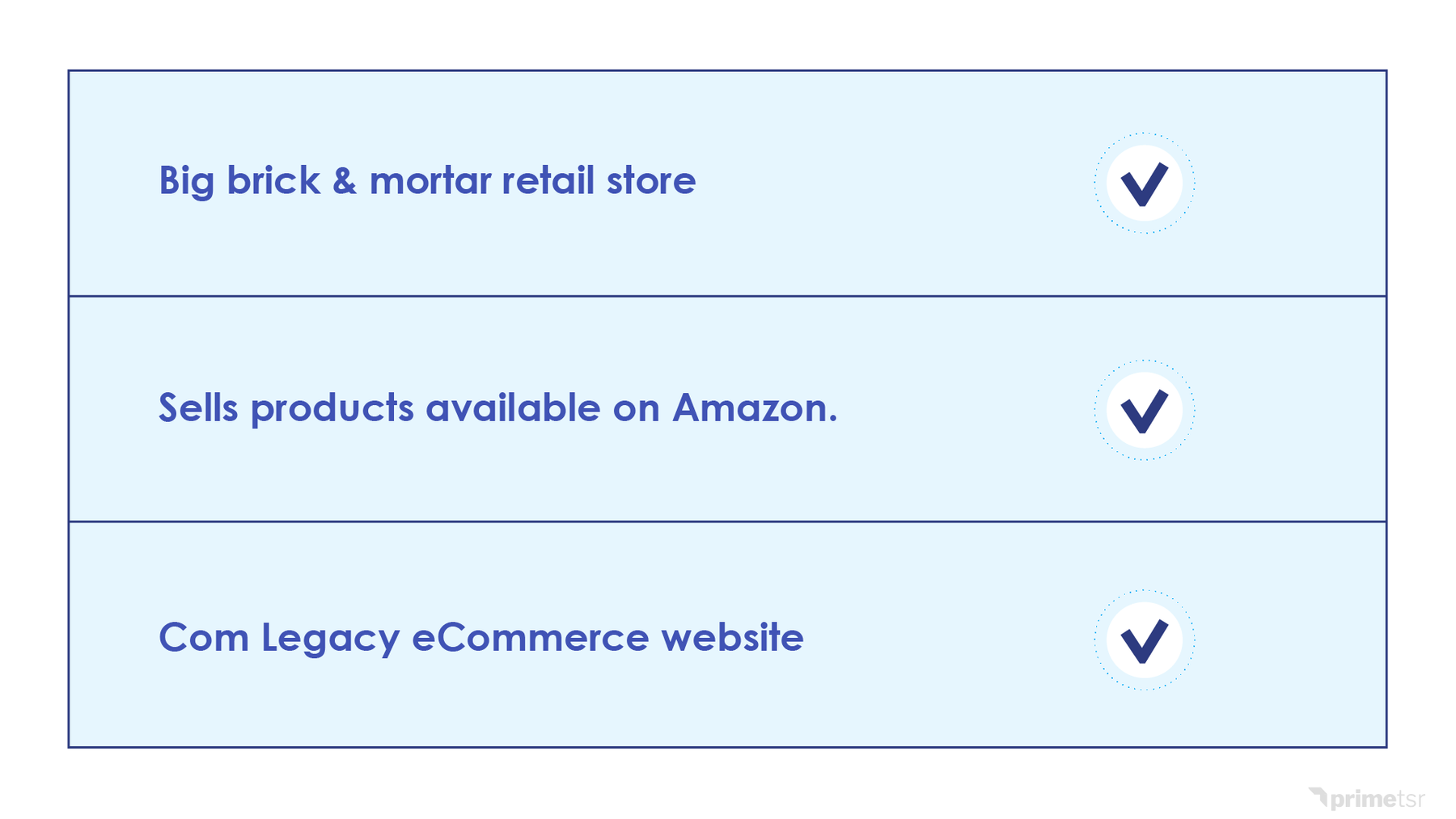Myth #1: Digital Transformation is all about disruption
The truth: Digital doesn’t have to be disruptive to make an impact.
When GE announced its massive digital transformation, they had a big goal to “own the industrial internet.” They built a software platform for the industrial internet, called Predix, to lead the charge. They created a separate department called Deloitte Digital and employed thousands of people to run it.
There was only one problem. Nobody used the platform. Not even internally. There are plenty of stories of developers and product managers who said they were forced to use the platform, but never understood the benefits of it. So the developers and product managers prioritized their own features before building on this ambitious platform.
Their digital transformation failed in a big way. GE tried to force disruption when they had no real reason too.
The narrative “disrupt or die” is slowly dying down, but at the same time, it doesn’t mean companies have to stop disrupting. They just have to go about it in a much different way than they used too.
Companies have survived disruption before, but they don't have to completely upend what they are doing to thrive. Best Buy is a great example of surviving and thriving. You would think Best Buy would be 100% dead in the water by now, right?
Think about it:

They checked off almost every “our retail company is doomed” checkbox.
But, instead, this happened:
Best Buy hired Hubert Joly, at the time the CEO of a major hospitality chain, to take the reins and save the company. He did exactly that. Joly cut prices to make Best Buy more competitive, slashed unnecessary costs while investing in customer-facing labor, sold off struggling international units, and built up the e-commerce business. The company's stores, once viewed as a liability in the age of online retail and "showrooming," became an asset. Customer service became Best Buy's competitive advantage.
Best Buy made changes, but they didn’t go all-in on disruption. They found their core advantage and maximized it.








